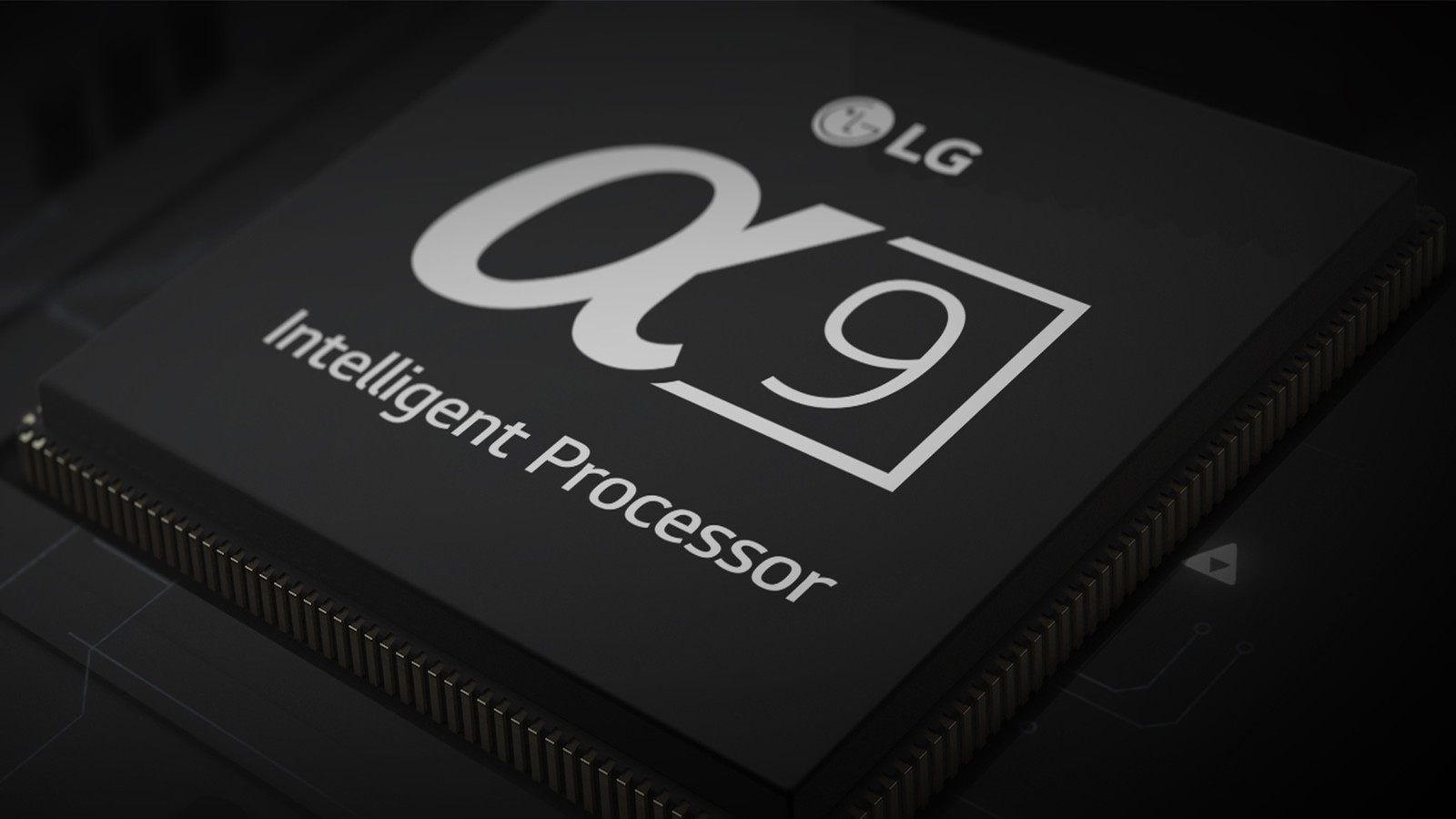
It can feel at times like TV makers run out of advancements to make on televisions. They’ve made them brighter with the advancement of backlight technology, more colorful with the integration of quantum dot films, and crisper with the advent of 4K and 8K resolution. But one area has made only incremental progress this whole time - and that’s motion.
The way you view your favorite films and TV shows at home probably isn’t the way they were intended to be watched. Processors, the brains behind the TV, have the unenviable job of translating the data coming in to fill your screen, and that includes converting 24 frame-per-second films into either 60Hz or 120Hz refresh rates. The means by which it does that is called motion processing, and some TVs do it better than others.
One of the more famous examples of motion done both right and wrong was Peter Jackson’s The Hobbit franchise shot at 48 frames-per-second (known widely as High Frame Rate or HFR). It made action shots clearer, certainly, but gave the rest of the film a strange, almost soap opera-like appearance.
What The Hobbit needed was some shots mastered in HFR and others not.
What if that were possible for films? That some scenes got a ‘motion grade’ similar to how video editors match color grades and audio mixers do a sound mix? And, then, when that content comes to TVs we didn’t need the processor to handle motion processing?
It turns out there’s a way for content to be mastered, delivered and displayed in a way that circumvents interpolation. That’s the idea behind TrueCut Motion, a new format that will soon be available on some TCL TVs.
TechRadar spoke to Richard Miller (EVP of Technology) and Miguel Casillas (Senior Director of Ecosystem Marketing) who work at Pixelworks, the company behind TrueCut Motion, who explained how this technology could revolutionize motion processing and how it can be used to fix films.
Get daily insight, inspiration and deals in your inbox
Sign up for breaking news, reviews, opinion, top tech deals, and more.
How does motion processing work and how can it be fixed?
The content that you see on your TV can actually be broken down into a series of individual static images - what we call frames. When an object in one frame is in a different location in the next frame, we have motion.
Motion smoothing builds an entirely new frame in between the two existing frames that acts as a bridge to connect them. And for some folks, that artificial smoothing over - despite its good intention - looks incredibly unnatural to the eyes.
It’s become such a problem that Tom Cruise famously advocated for everyone to simply turn it off while watching Mission: Impossible - Fallout.
To fix it, most folks simply disable motion smoothing entirely - but that doesn’t fix the problem; 24 frame-per-second video still needs to line up with the 60 or 120Hz refresh rates of modern TVs.
If this sounds like a complicated problem, you’re not wrong. In fact, it’s taken Pixelworks some 15 years with 20 to 30 engineers working on it full-time to crack the code of how to get realistic motion from the editing booth to your TV… well, smoothly.
Start at the source and work your way up the chain
While the two technologies are very different in what they attempt to do, it can be helpful to think about TrueCut Motion the same way you think about Dolby Vision - a standard that requires a complete pipeline in order to get to your screen. That starts with the final cut of a film or TV show that’s being produced in Hollywood or in other studios around the world.
“The process is not simple, but it is streamlined,” Miller told us when asked how the process might integrate with existing content production schedules. “It can be done quite quickly, often in just a few days.”
According to Miller, six full-length titles have received the TrueCut Motion verification so far, though all of them were released in the Chinese market.
Pixelworks has had a number of interesting partnerships along the way, however. Miller says the company worked with Sony on Men In Black: International, as one of many examples.
Taking a film scene by scene to make motion smoother at the source is the key to how Pixelworks can deliver TrueCut Motion - and according to its developers, it’s the next logical step in the production process: “If you’re willing to do a color grade and a sound mix, the next logical step is a motion grade,” Casillas says.
The problem? Distribution and displaying a better version
Pixelworks had its first big success with TrueCut Motion at CES 2022 in January, when it was able to announce that TCL, one of the largest TV makers in the world, would integrate the technology into its screens.
In a demo with TechRadar, we had the chance to see the technology in action, albeit on a standard SDR monitor that hasn’t been TrueCut Motion-certified. There was a difference between motion that had been mastered in the format and hadn’t been in our demo - but the effects weren’t as pronounced as they might have been on certified equipment.
And that’s part of the problem here. As of right now there’s only one TV manufacturer on board, and there’s currently no streaming service willing to carry the service.
Miller says that’s in the works, but right now the company is focused on theatrical releases. According to him, we’ll see a few made with TrueCut Motion later this year with streaming titles to follow down the road.
It’d also be nice to see the technology supported by more manufacturers outside of TCL - another area that Miller feels confident about: “There’s no additional hardware needed on the TV … We’re hopeful this will be quite ubiquitous.”
How much the general public knows and cares about the technology will depend on their ability to market TrueCut Motion to studios, streaming services, and TV makers. Without all those ducks in a row, the service might be DOA, following in the footsteps of formats like Technicolor HDR, HD-DVD and a half-dozen others in the last two decades.

A smoother tomorrow is coming, one way or another
Hopefully TrueCut Motion takes off; TV makers with less-than-desirable motion processing technology (Vizio, I’m looking in your direction…) desperately need a format for perfect motion processing.
When asked if TV processors would ever be able to make the calculations on the fly for frame-perfect motion, Miller said he thought it would one day be possible. But given the complexity of the calculations, it could be another decade until we get there. Not helping is that, as TVs get brighter, judder is greatly amplified - and so this is a problem TV makers will need to address sooner rather than later.
Still, Miller remains confident in the format. “Even if we had processors that could process motion better - what about creative intent?” By giving directors the ability to completely control the final product, Miller feels that TrueCut Motion is the best solution for the age-old problem - and the one with the most potential.
Casillas agrees: “This is one of the most significant upgrades to the streaming world in some time.” That’s a claim we look forward to testing for ourselves when the technology rolls out to the streaming world sometime in the next few years.
Until that arrives, your next Hobbit viewing party won't be fit for sharp Elven eyes.
- Looking for a better TV? Check out our guide to the best 4K TVs of 2022
Nick Pino is Managing Editor, TV and AV for TechRadar's sister site, Tom's Guide. Previously, he was the Senior Editor of Home Entertainment at TechRadar, covering TVs, headphones, speakers, video games, VR and streaming devices. He's also written for GamesRadar+, Official Xbox Magazine, PC Gamer and other outlets over the last decade, and he has a degree in computer science he's not using if anyone wants it.
